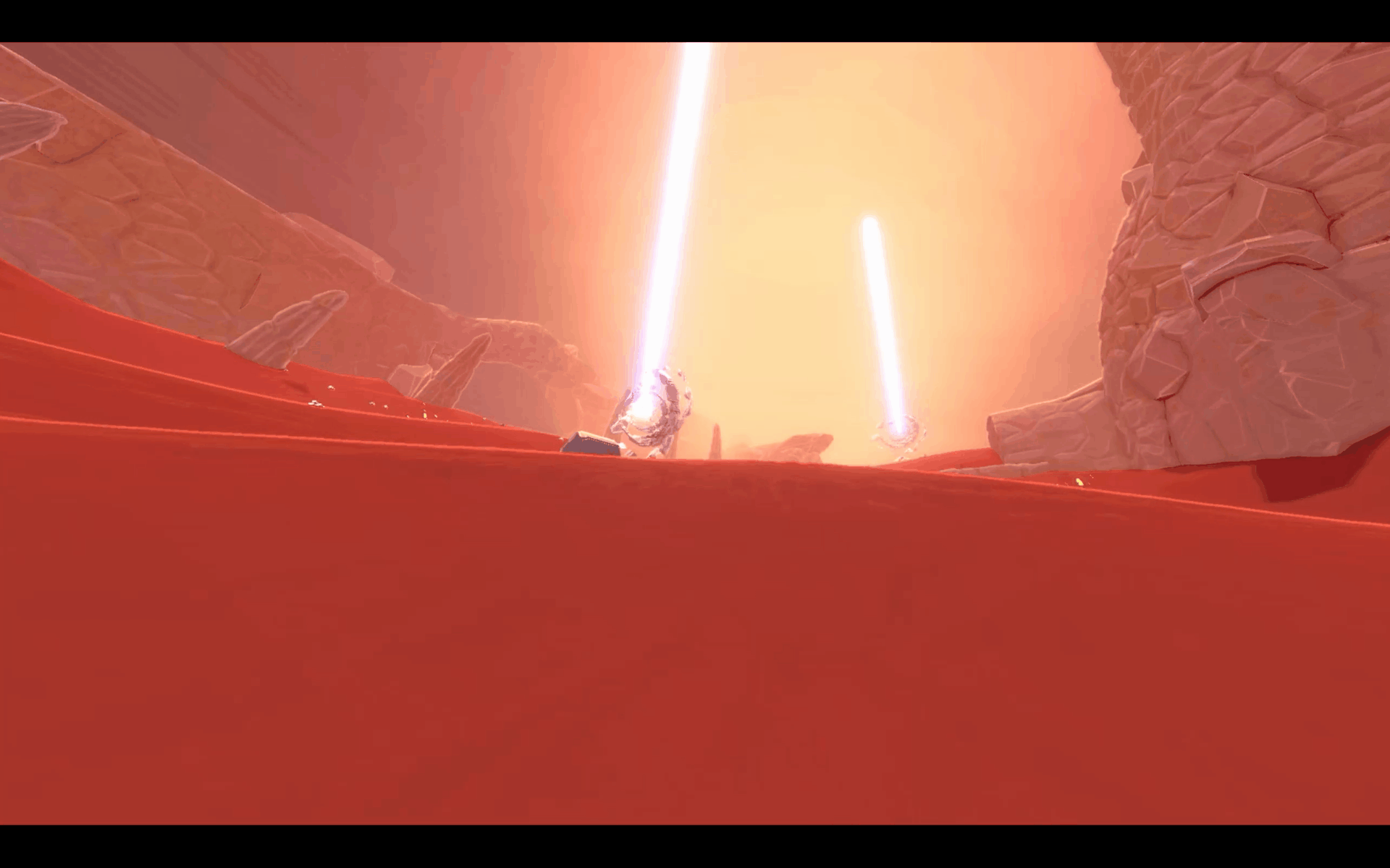
Final Showcase (May 2024)
2023-2024
Undergraduate Student Capstone (Two Semesters)
Technical Artist (Shaders, Materials, Lighting, VFX)
for Unity3D Universal Render Pipeline, HLSL
Shader work was done on and off as project specifications changed and on top of other technical artist work such as animations, procgen, and rigging.
Total development time of the shaders alone is approximately 2 months.
One of the most important aspects of To Oasis that I spent the entire year on was the shaders. It was a highly iterative process that combined many techniques. The final result is a Physically-Based Lighting model that has several stylizations for visual emphasis combined with post-processed sand-storm, volumetric fog, and outline effects.
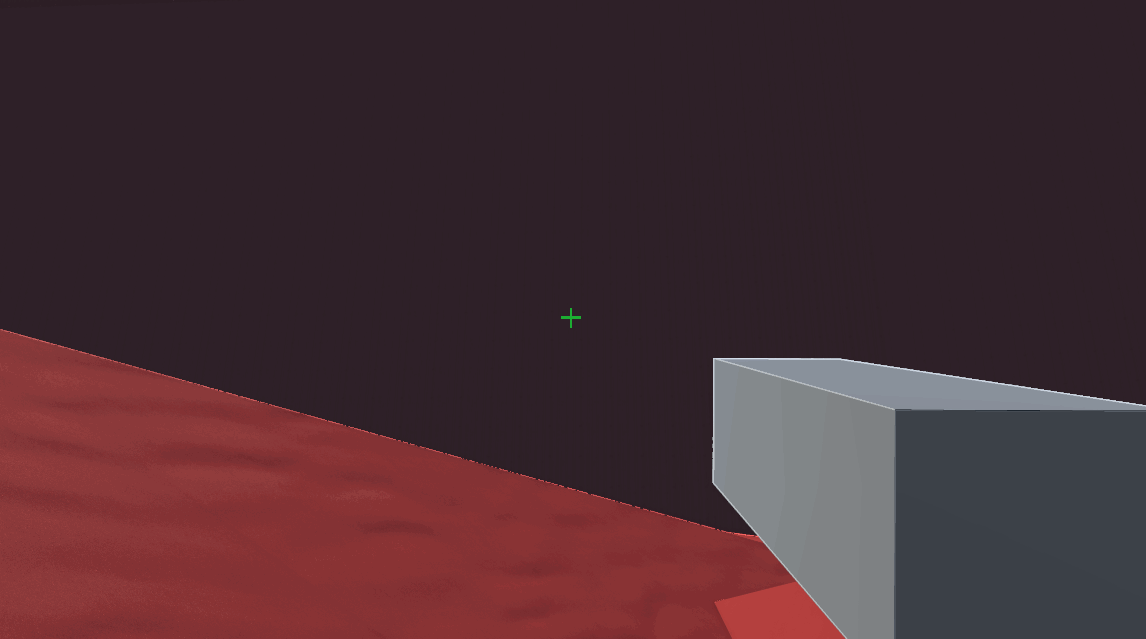
Early Shader Showcase (August 2023)
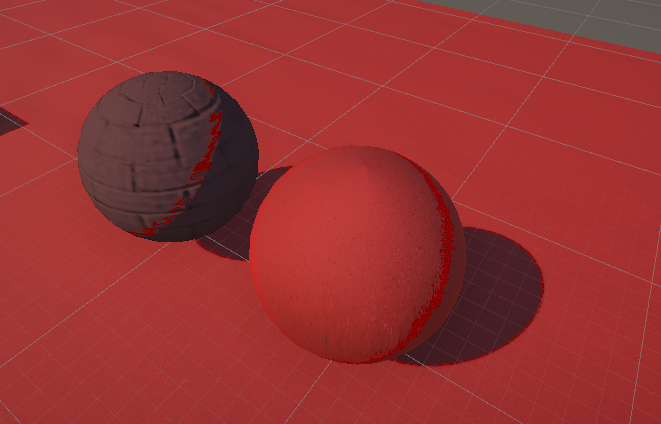
Early Shader Showcase (August 2023)
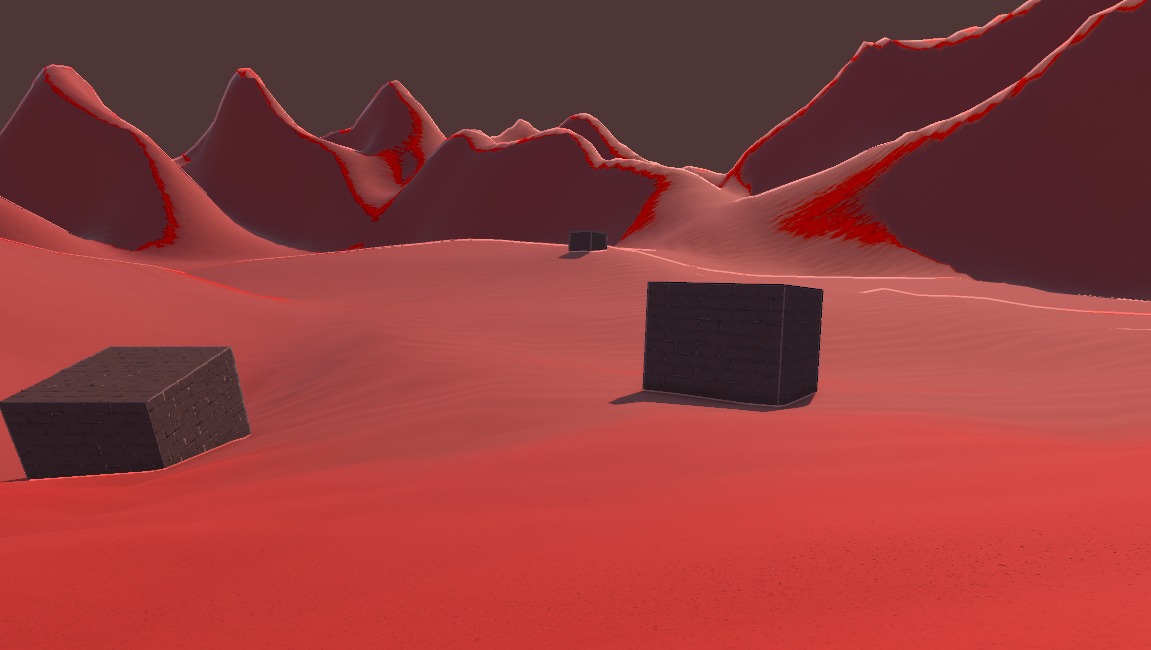
Early Shader Showcase (August 2023)
This was the first iteration, one of the elements we knew we wanted was the saturated terminator.
A large part of the design element of our game was the red environment, so I had to greatly consider that and balance out the redness with visual clarity, which was a challenge all throughout the production.
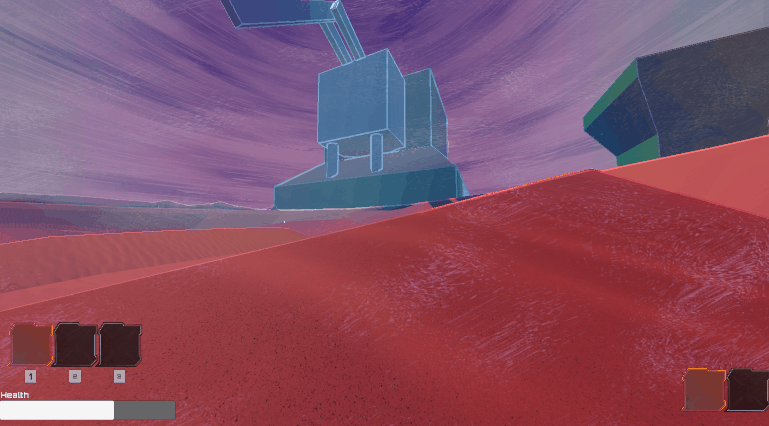
Introduced Sandstorm Post-Processing (2024)
The next thing I add was the sand post-processing effects. This consisted of two effects, which were the sand particles moving through the screen, and the color blending and detail loss the further an object was from the player.
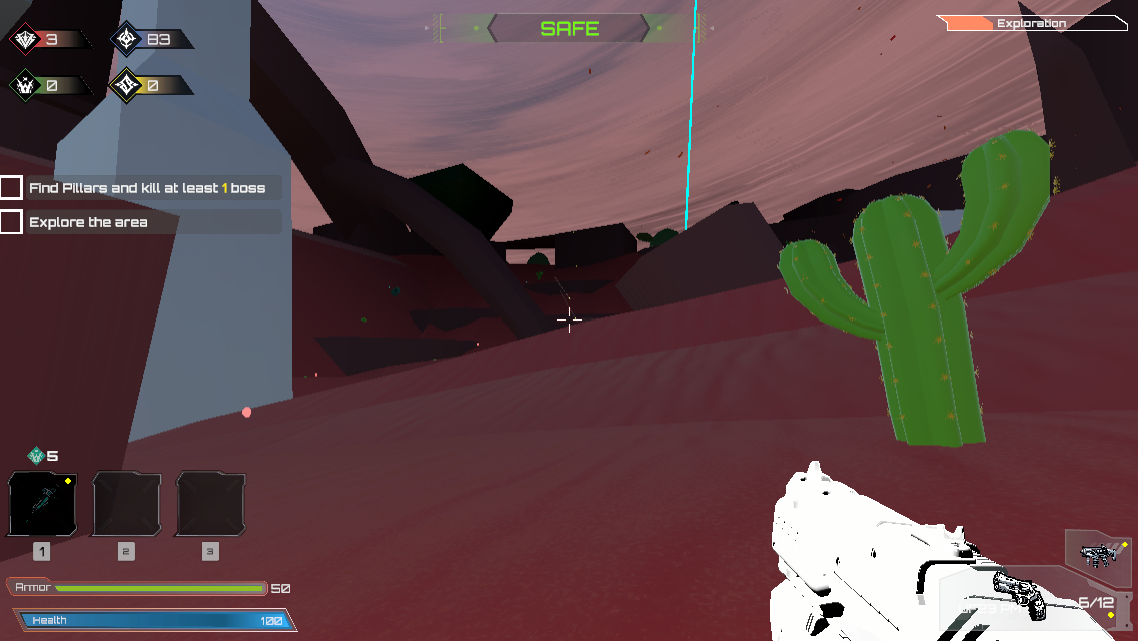
Deferred Shader WIP (Dec 2023 - Jan 2024)
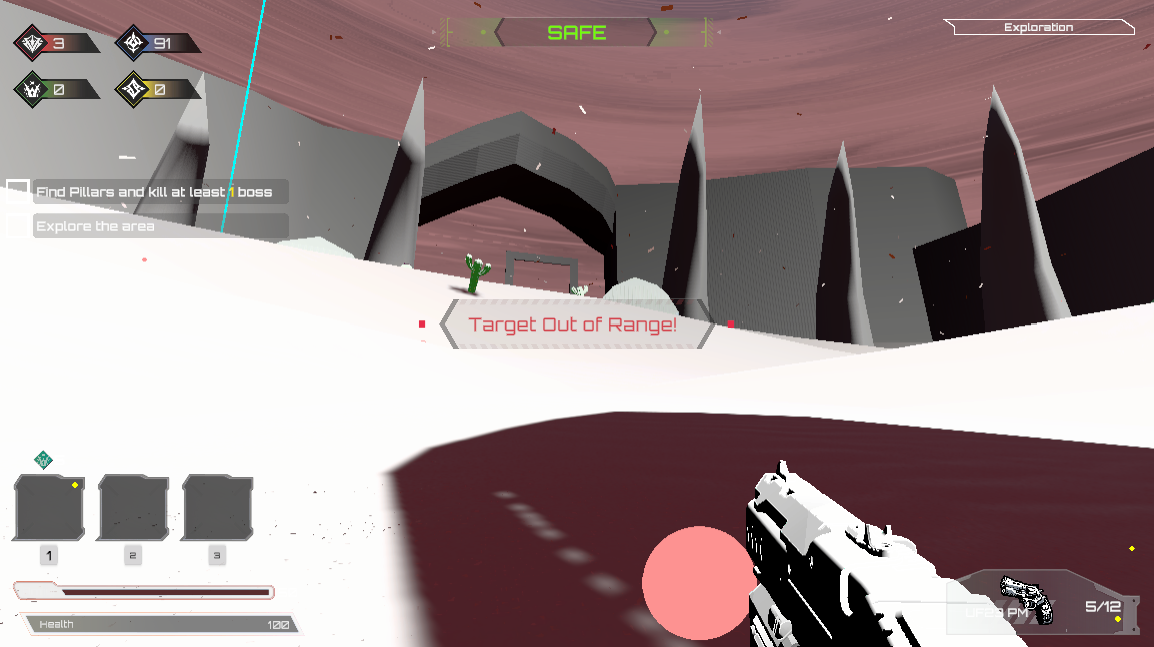
Deferred Shader WIP (Dec 2023 - Jan 2024)
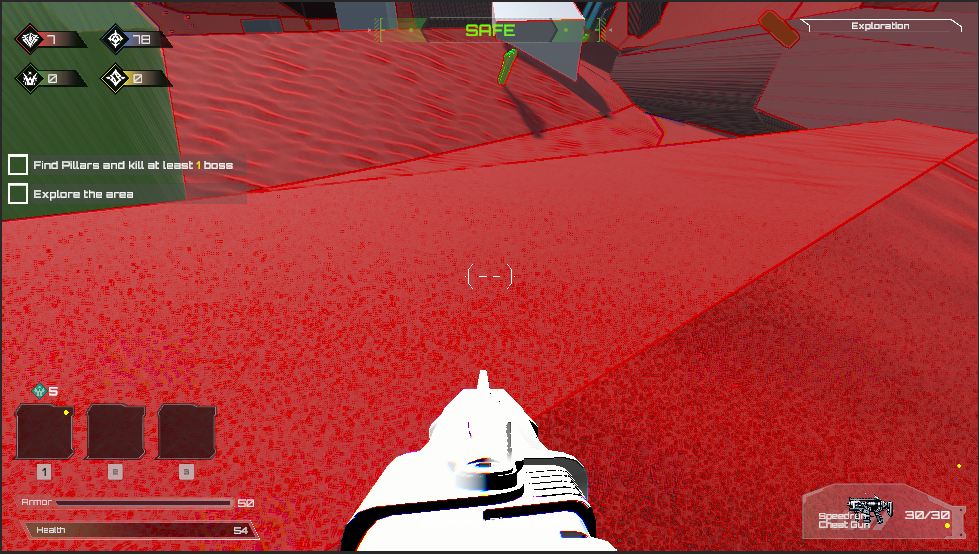
Deferred Shader WIP (Dec 2023 - Jan 2024)
A problem we encountered was that while we were originally using a forward lighting model for the first half of production, we ended realizing that a deferred lighting model would better suit our needs for this game, which prompted the need to rebuild our shaders for deferred lighting.
This also proved to be a good chance to rework some of the old shader code, especially with the way the terminator was stylized now to account for how the final look and feel of the environment would be like as well as the post-processing.
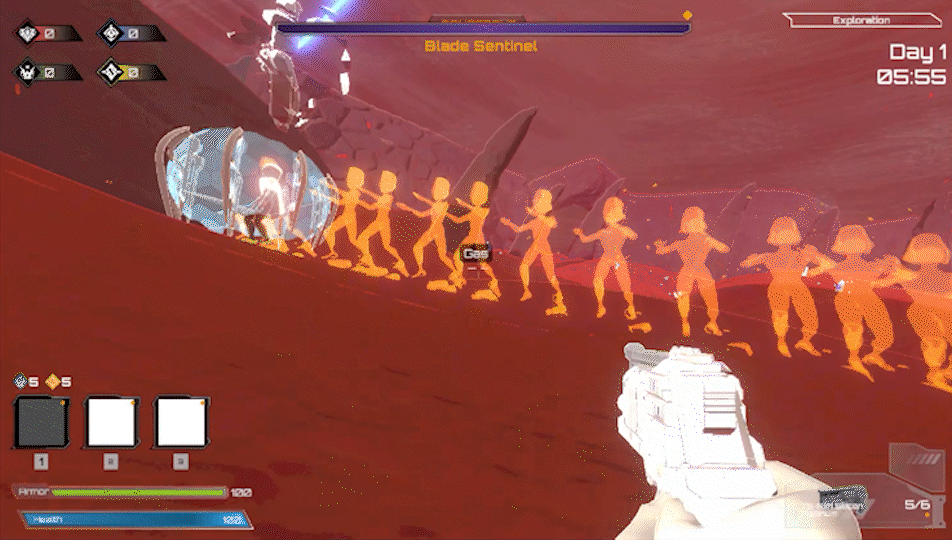
Day/Night Cycle day time (Feburary 2024)
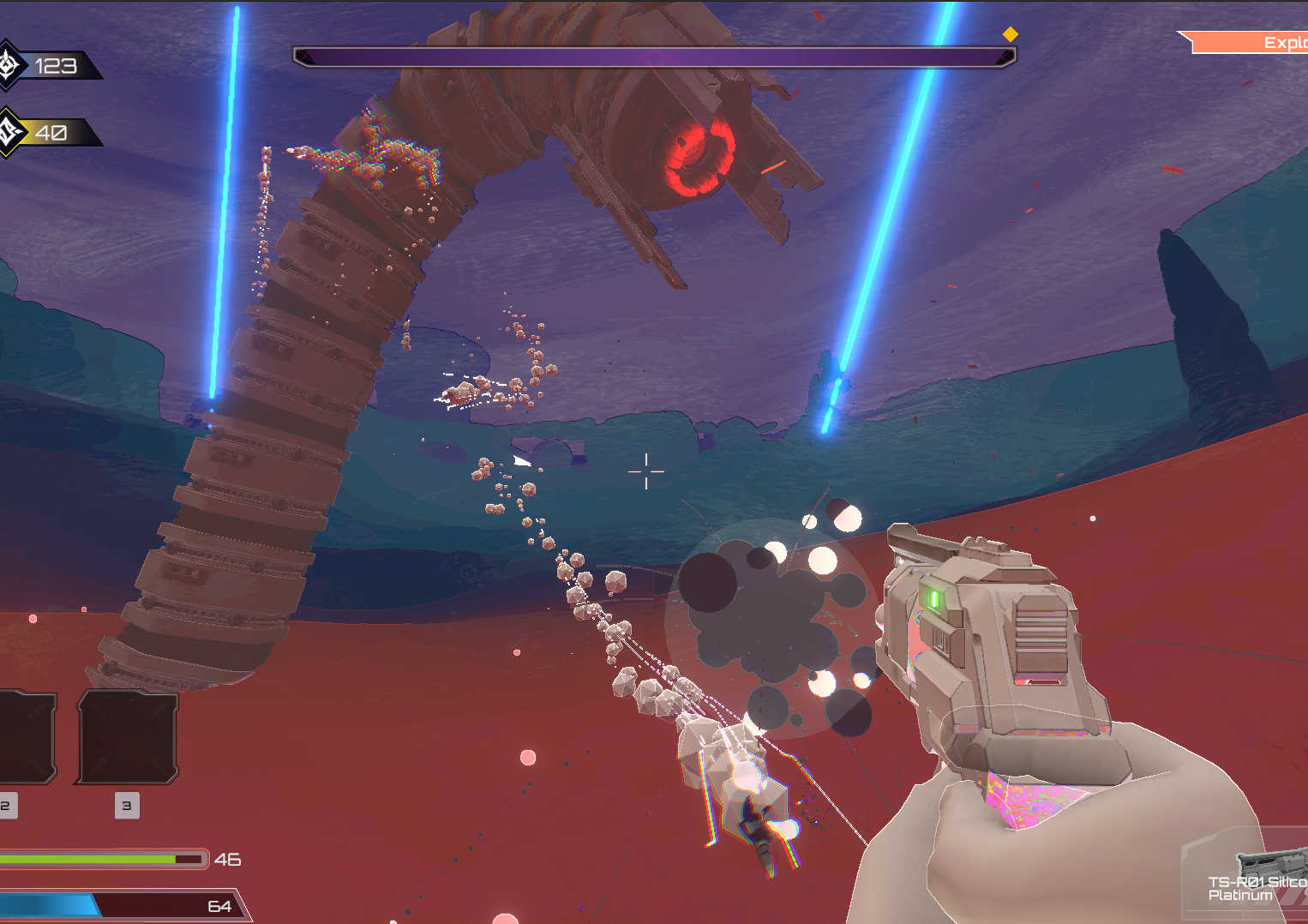
Day/Night Cycle night time (Feburary 2024)
The next iteration came in the Day/Night Cycle. A large part of the challenge here was adjusting the post-processing effects in tune with the lighting as the game transitioned from day to night.
The day/night cycle was a feature that wasn't planned initially and added in later on in production. This proved to be a challenge because I had to rework our aesthetics to fit with a night scene. I had considerations of how to make the scene look convincingly nighttime while still maintaining visibility since the directional light was our only source of lighting.
Another element was programming the transition from day to night and providing the tools to expose that for testing.
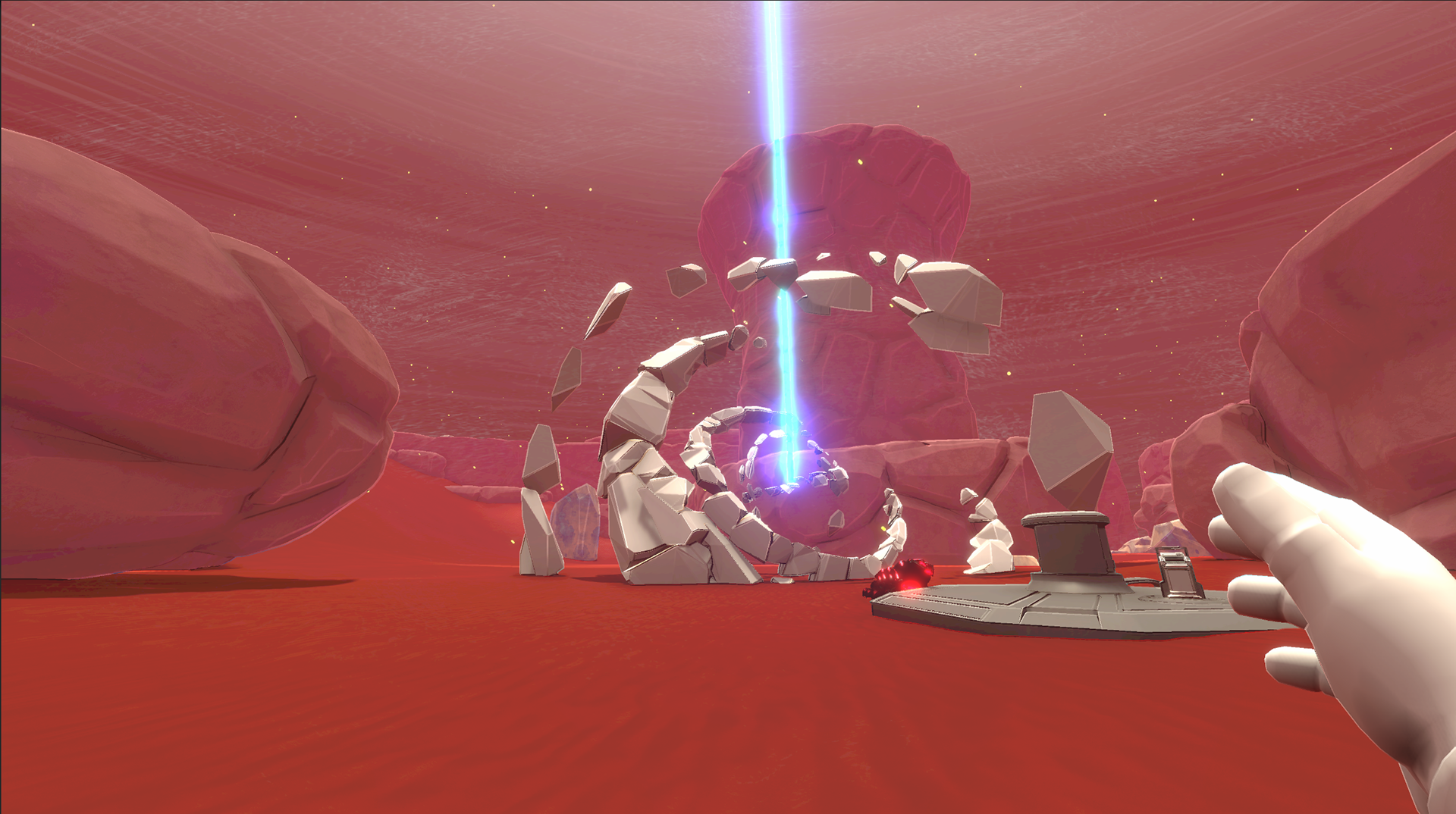
Near Completion Showcase (April 2024)
This shows our near completion shader. The last major change I made to it has to do with an issue we found during playtesting, which is that the visibility of certain VFX elements that are critical to the game varied depending on the time of day and the intensity of the sandstorm.
To solve this, I split our camera into two, so that many of the important VFX element would be rendering separately and be unaffected by the current post-processing. This allowed us to be tune the readability of our game, so as you can see the blue beacon in the image above is extremely clear now and looks that way even at a distance.
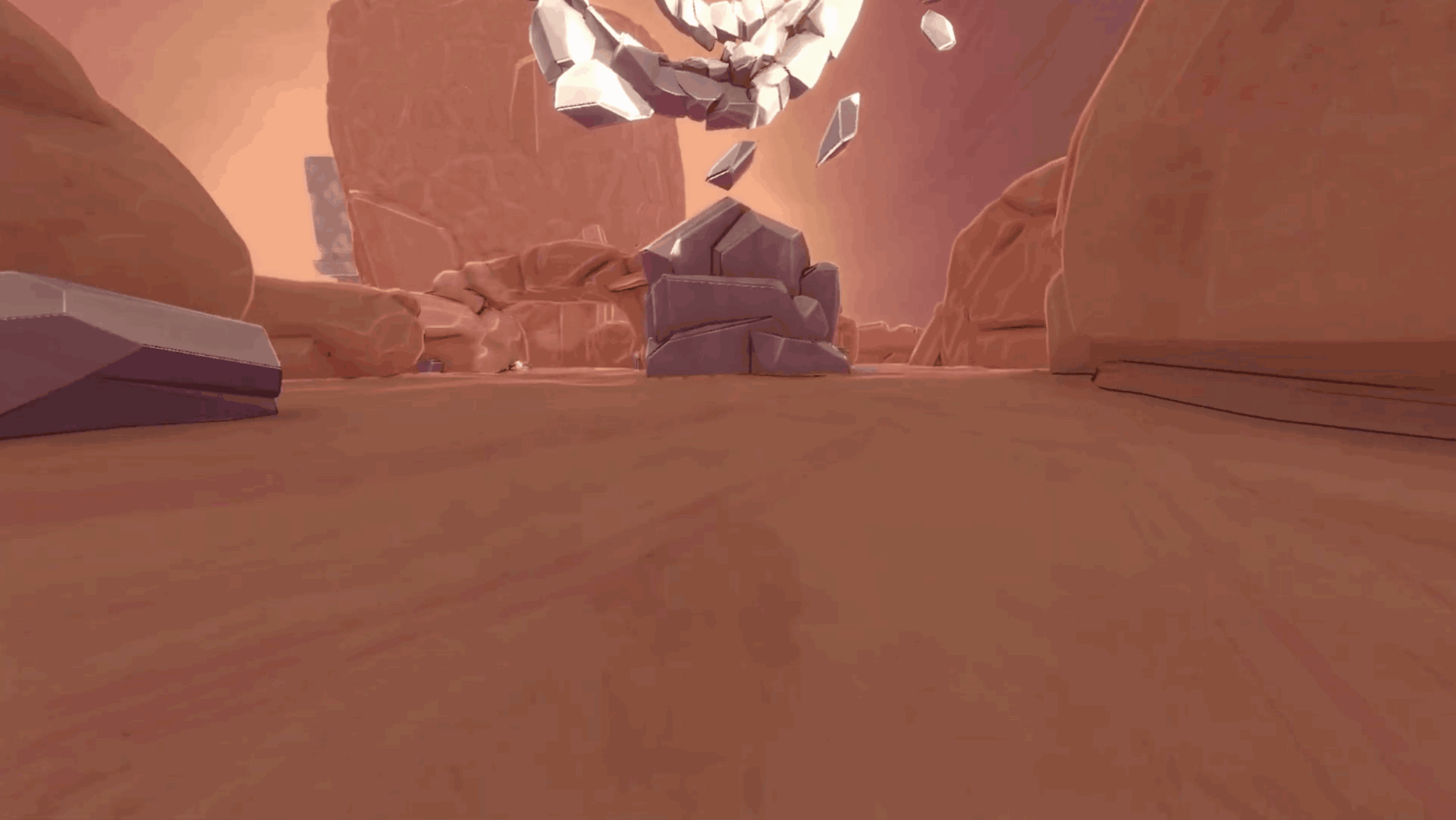
Our final iteration mostly involved tuning the visual feel of the elements. In particular, I made the sky much brighter by tuning the distance based fog post-processing to blend colors with a glow dodge formula. This helps with the hot desert aesthetic and almost helps to make the game world feel more alive.
There was a practical reason for this, being that previously we required a long rendering distance to show the large dome model that helped contribute to our sandstorm effect. However, this hurt performance. By brightening the sky, I was able to more easily hide the render cutoff, allowing us to drastically increase performance while also improving the overall visual flair.
